
GUEST BLOGGER: CARLA BILLUPS
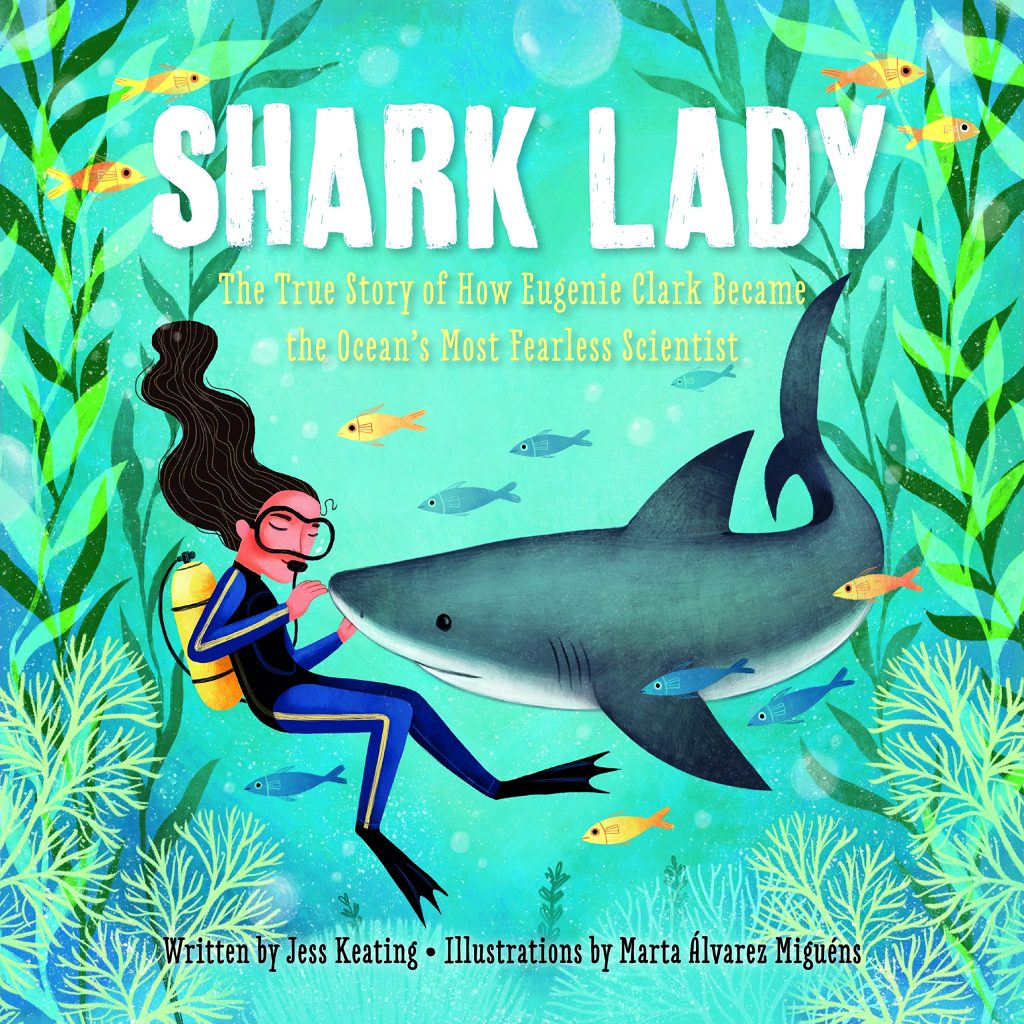
Shark Lady: The True Story of How Eugenie Clark Became the Ocean’s Most Fearless Scientist, by Jess Keating (2017) is a lovely award-winning picture book that tells the story of Eugenie Clark’s passion for sharks as a young girl that grew as she got older. She broke the mold for women in science to become a renowned shark scientist who, through research, helped change public opinion to dispel myths about sharks. The vivid illustrations, by Marta Álvarez Miguéns add to this wonderful story.
This is book is a wonderful biography that can be used as a kick-off for an engineering and design challenge based on studying adaptations, for example, how shark fins differ and have been used for designs from car parts to surfboard parts. It’s a great way to have students learn how things in nature can be used to make man-made objects perform better.
Prior to beginning the design challenge
As a believer in making STEM challenges support and extend science content, the following science content can be taught and explored before the challenge is done:
- Camouflage
- Animal adaptations in their environment
- Purpose for dorsal fins vs. other fins on the shark
- Studying how sharks are identified by dorsal fins
- Tracking sharks.
But in the remainder of this article, I’d like to demonstrate how to incorporate ELA into an engineering/design challenge.
The Robo Shark Challenge
The real-world set-up: A toy manufacturer is getting complaints about its robotic shark. People think the shark needs to be more realistic, especially the dorsal fin.
The company has decided to redesign robo shark and they are going to start with the dorsal fin. They want it to be solid and work more like the real thing. Since the dorsal fin helps a shark stay stable in the water, it’s important the fin can stay upright before adding it to the shark. They have asked the toy engineers to work on the problem.
Then, show the following video:
Ask students what seems realistic on this robo shark and what can be done to make the unrealistic parts seem more realistic.
The assignment
Your design team needs to design a shark dorsal fin. Your goal is to make a fin that is as tall as possible and can stay afloat the longest, while looking like a real dorsal fin. The fin must be free standing in the water.
You can use no more than one square foot of aluminum foil and only 12 inches of tape.
You will need to present your design, with data, to the toy manufacturers in any way you find most appropriate — PowerPoint, chart, infographic, video, etc.
Materials needed:
- 12” x 12” piece of aluminum foil
- 1 foot of tape (have a variety of tape for them to use)
- Ruler
- Timer
- Tub of water large enough for fins to float
- Chart paper
Discussion
What kinds of data could we collect to analyze the effectiveness of our shark fin design?
Give students time to work through the Engineering and Design Process, the one that we use in our STEM labs for our school districts is as follows
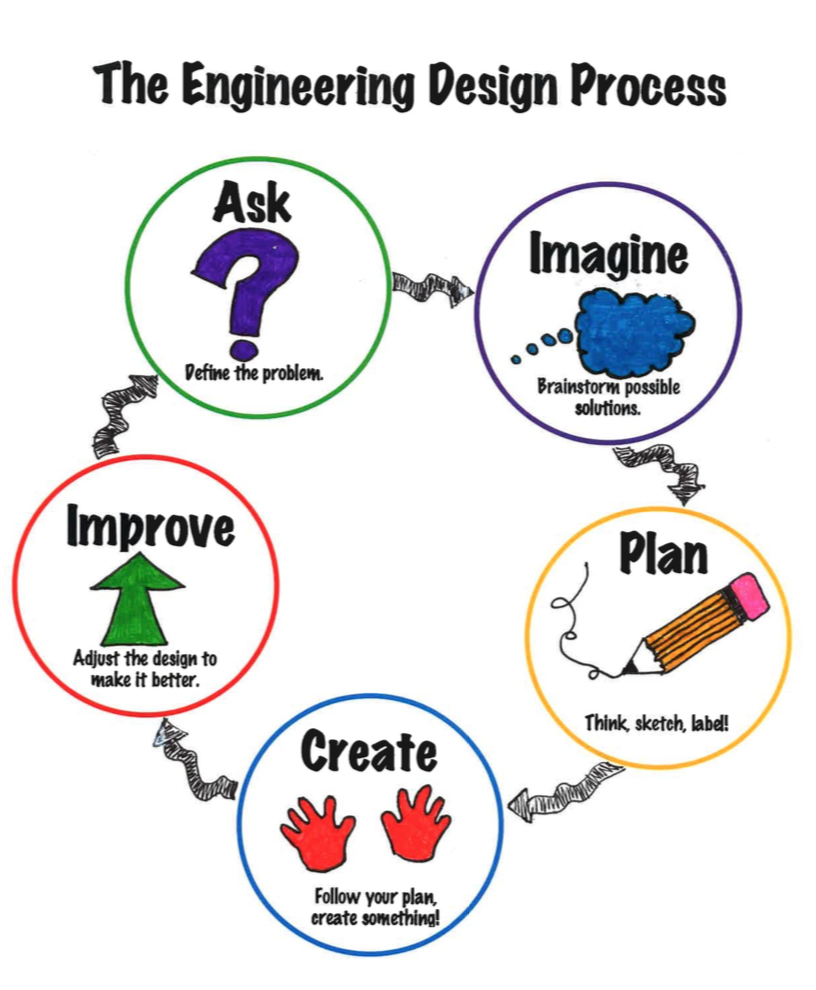
After students work through the challenge, remind them to figure out what type of data they will collect. They will need to use this data as part of their presentation.
Go back to the book and discuss with students, that without the research of scientist like Eugenie Clark, we would not have the knowledge base about sharks to understand how sharks move and the environments in which they live.

Carla Billups is an Elementary STEM Coordinator in North Carolina as well as a co-author of a science trade book The Fungus Among Us, The Good, The Bad, and The Downright Scary. She taught in elementary grades for over twenty-five years and has served on both NSTA/CBC Outstanding Science Trade Book committee and the BEST STEM book committee. Her love for children’s literature has been present since as far back as she can remember. Over the years, she has worked diligently to incorporate novels, non-fiction, and science trade books into all subject areas.
Twitter: @cmbillups, Facebook: Carla M. Billups
Link to the STEM Robo Shark Challenge: http://bit.ly/2VBElir


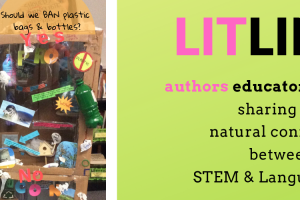
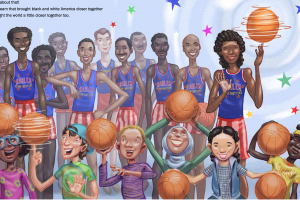
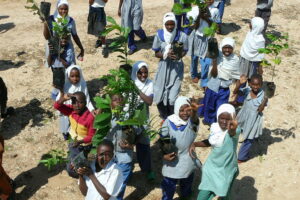


Leave a Reply
Your email is safe with me.